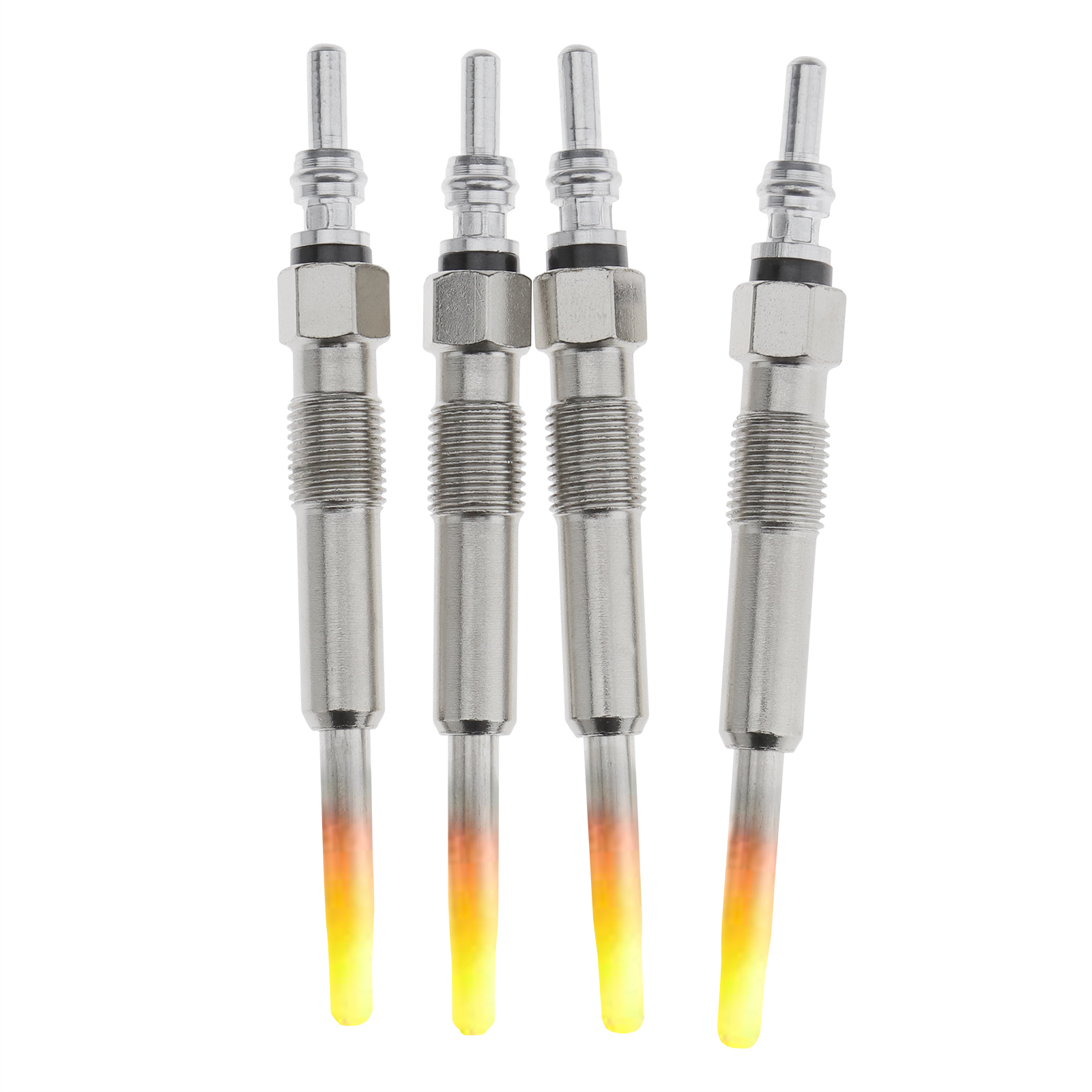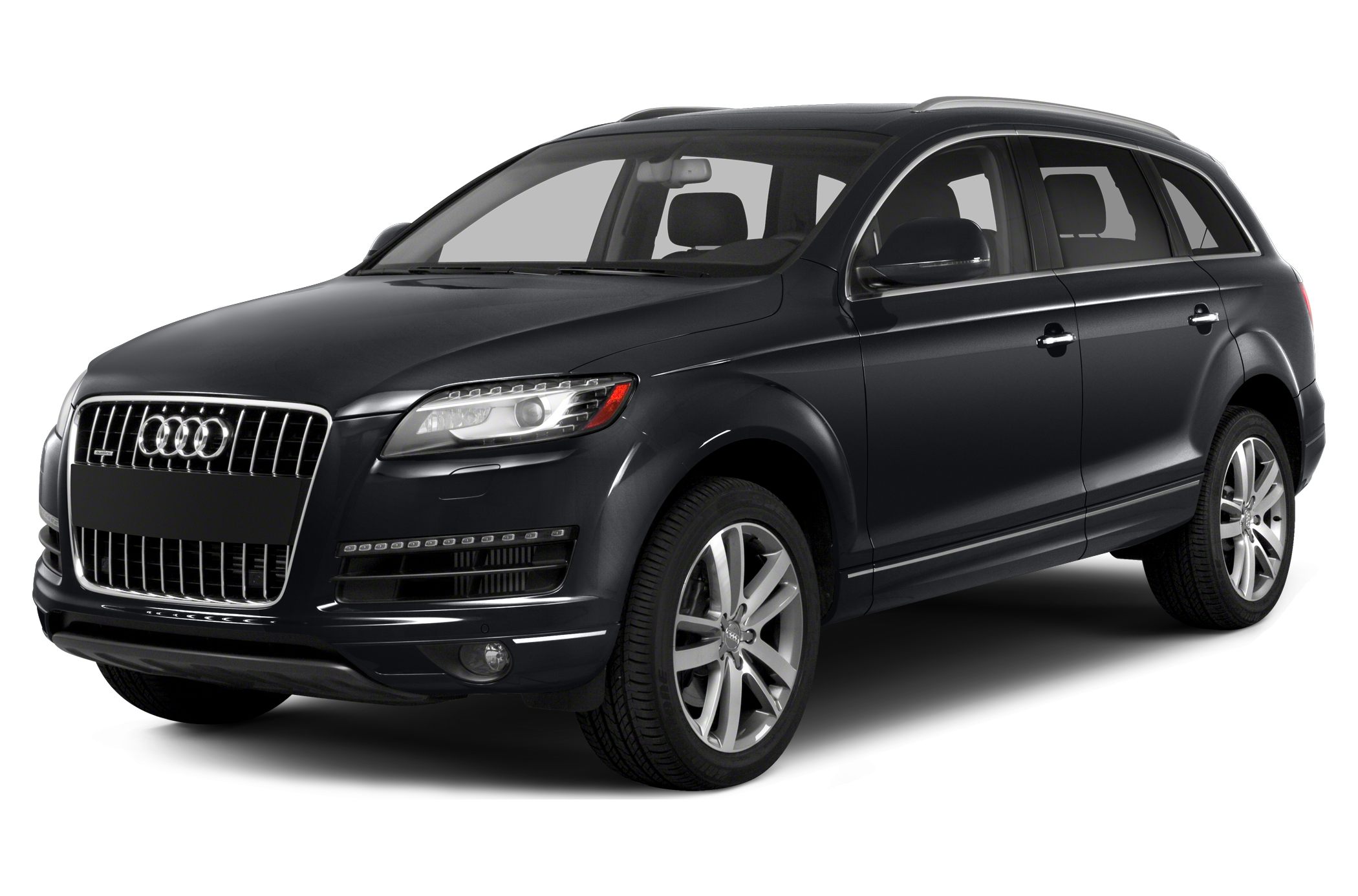When Americans think of
diesel-powered vehicles,
the first thing that likely
comes to mind are
heavy-duty pickups. It’s
quite unfortunate that we’ve been trained to
think this way. However, thanks to the latest
influx of small-displacement diesel-powered
cars and SUVs, we’re slowly starting to see the
light, and we have Europe to thank for it.
Now, before you go sending angry letters,
we’ll address what’s likely question number
one. Yes, the American-made Jeep Grand
Cherokee is offered with the 3.0L EcoDiesel.
And yes, it is fantastic! However, we already
looked at that engine as installed in the Ram
1500. So in an effort to not repeat ourselves,
we slid behind the wheel of the BMW X5,
which is offered with a 3.0L inline six-cylinder
in both gasoline and diesel configurations.
Luxury Accommodations
Interestingly enough, when researching
diesel-powered SUVs available for purchase
in the U.S., most are available from luxury
brands. Audi offers up the Q5 and Q7,
Mercedes drops an oil-burner in the GLK and
ML, Porsche fit a 3.0L V-6 in the Cayenne,
Volkswagen gets it done with the Touareg,
BMW brings to the table a diesel offering in
both the X3 and X5, and lastly, the Grand
Cherokee EcoDiesel will give any of these
a decent run for their money. What are
missing from the list are the entry-level
and compact-size SUVs. Jeep had a go
of it for a short bit when they offered
a 2.8L inline-four diesel in the
Liberty, but that experiment was
ultimately short lived. Unfortunately,
this means getting into
a diesel SUV is going to require
one to open their wallet just a
bit wider than normal.
The Power Difference
Back in the BMW, we chose
the X5 platform for our test
largely because of its similar
engine options. The X5 is
available with a 3.0L inline-six
engine for both the 35i and 35d.
However, don’t be confused, as aside
from obvious, these two engines are
completely different animals.
The 35i comes equipped with
a turbocharged gasoline direct injection
engine that cranks out 300
hp and 300 lb-ft of torque.






Post a Comment